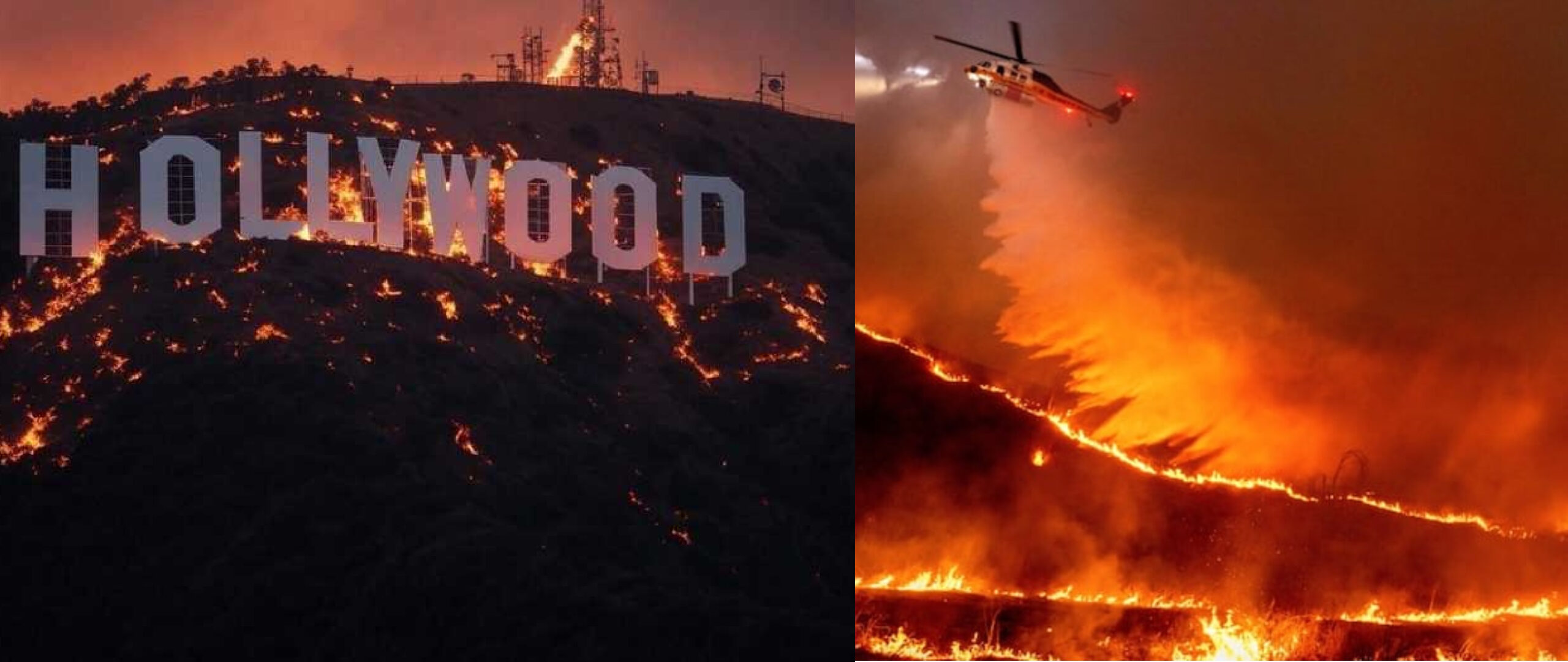As of January 2025, Los Angeles is grappling with a series of catastrophic wildfires that have resulted in significant loss of life, destruction of property, and widespread evacuations. The fires, primarily the Palisades Fire and the Eaton Fire, have wreaked havoc across the region, exacerbated by extreme weather conditions and ongoing climate change. This article provides an in-depth analysis of the causes, effects, and current updates regarding these devastating wildfires.
Causes of the Wildfires
The 2025 wildfires in Los Angeles have been fueled by a combination of factors:
- Drought Conditions: Southern California has experienced prolonged drought conditions, which have rendered vegetation extremely dry and susceptible to ignition. The region’s climate has shifted due to climate change, leading to more frequent and intense droughts.
- Santa Ana Winds: The occurrence of strong Santa Ana winds has played a crucial role in the rapid spread of these fires. These winds can reach speeds exceeding 100 mph, creating ideal conditions for wildfires to ignite and expand uncontrollably.
- Human Activity: While specific causes for the ignition of these fires are still under investigation, human activities often contribute to fire outbreaks. This includes accidental ignitions from equipment or vehicles, as well as arson.
Effects of the Wildfires
The impact of the wildfires on Los Angeles has been profound:
- Loss of Life: At least ten fatalities have been reported due to the fires, with expectations that this number may rise as search and recovery efforts continue. Many victims were found in areas severely affected by the flames.
- Destruction of Property: The fires have destroyed over 10,000 structures, including homes, businesses, schools, and historical landmarks. The Palisades Fire alone has scorched more than 19,000 acres and remains completely uncontainedIn Pacific Palisades and Altadena, entire neighborhoods have been reduced to ashes.
- Evacuations: More than 180,000 residents have been ordered to evacuate their homes. Evacuation centers have been established to provide shelter for those displaced by the fires. Many evacuees were forced to leave with little more than the clothes on their backs.
- Environmental Impact: The wildfires have not only caused immediate destruction but also long-term environmental damage. The loss of vegetation can lead to soil erosion and negatively affect local wildlife habitats. Smoke from the fires has also contributed to air quality issues across Southern California
Updates on the Situation
As of January 11, 2025, firefighting efforts continue amid challenging conditions:
- Firefighting Resources: Thousands of firefighters are engaged in battling multiple blazes across Los Angeles County. The federal government has approved a major disaster declaration for the area, enabling access to additional resources for firefighting efforts.
- Current Fire Status: The Palisades Fire has advanced into Mandeville Canyon and is threatening critical infrastructure near Interstate 405. Firefighters are working diligently to contain this fire while also addressing other active blazes such as the Eaton Fire.
- Community Response: Local communities have rallied together to support those affected by the fires. Fundraising efforts and donation drives are underway to assist evacuees with basic necessities such as food, clothing, and shelter.
- Government Support: President Biden’s administration has committed resources for disaster response efforts over the next six months. This includes covering 100% of eligible costs related to firefighting operations and recovery efforts
Conclusion
The wildfires ravaging Los Angeles in January 2025 serve as a stark reminder of the increasing frequency and intensity of such disasters due to climate change and human impact. With lives lost and communities devastated, it is imperative that local and federal authorities take comprehensive measures not only to combat these immediate threats but also to address the underlying causes contributing to this crisis. As firefighters work tirelessly to contain the blazes and support systems are mobilized for recovery efforts, the resilience of affected communities will be put to the test in the coming weeks and months.






